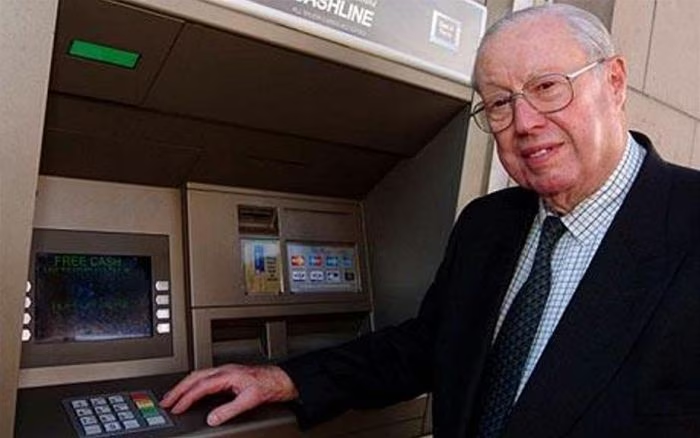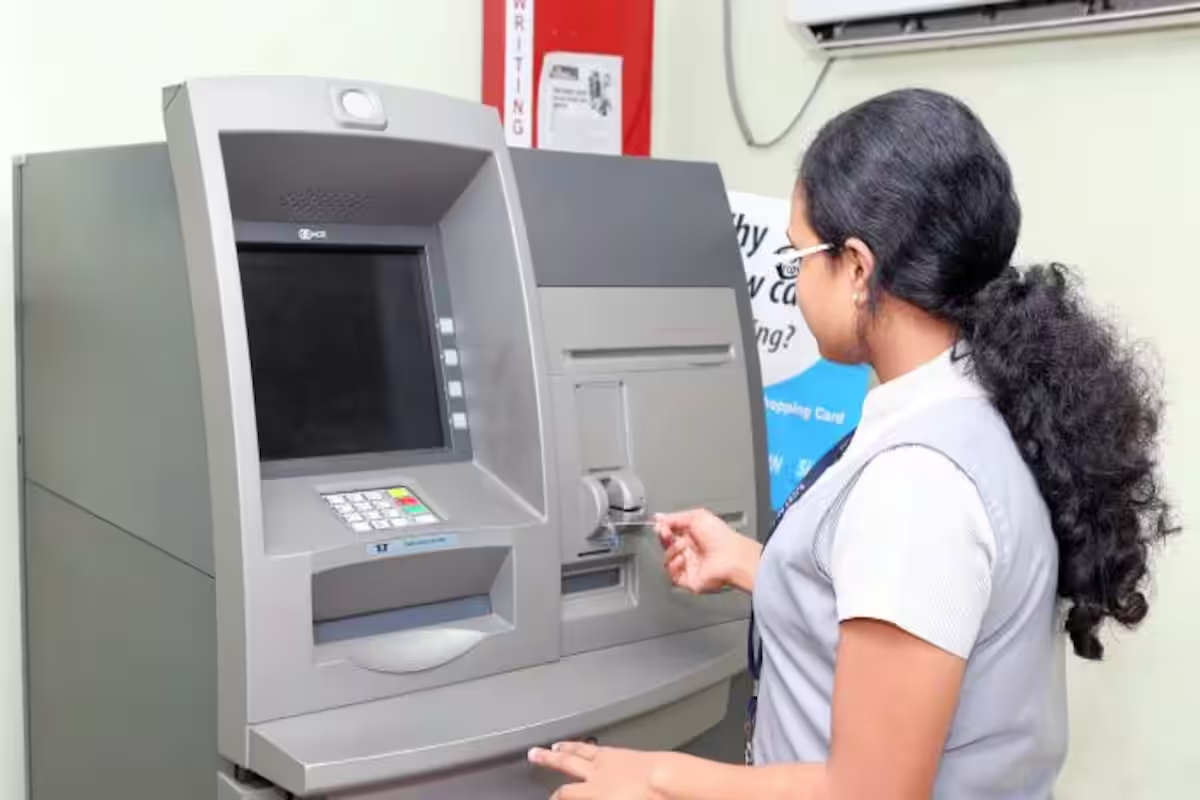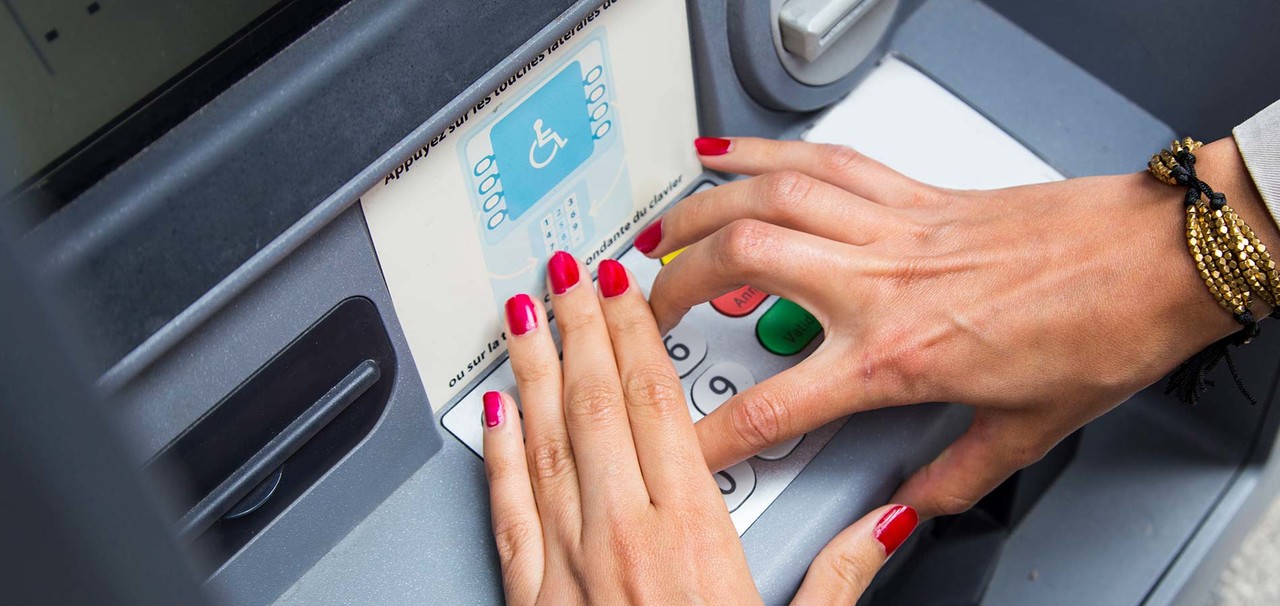
The 4-digit ATM PIN is a ubiquitous part of modern banking, but have you ever wondered how it came to be? The story behind the 4-digit PIN is a fascinating one, and it involves a wife’s suggestion that changed the face of banking forever.
The Inventor of the ATM
The inventor of the ATM, John Shepherd-Barron, was a Scottish engineer who worked for the De La Rue company. In the 1960s, Shepherd-Barron was tasked with developing a machine that could dispense cash to customers without the need for a bank teller.
The Original 6-Digit PIN
Shepherd-Barron’s original design for the ATM included a 6-digit PIN, which was intended to provide an additional layer of security for customers. However, when he tested the machine with his wife, Caroline, she found the 6-digit PIN to be too difficult to remember.

The Wife’s Suggestion
Caroline Shepherd-Barron suggested that the PIN be shortened to 4 digits, which would make it easier for customers to remember. Her husband took her suggestion to heart and modified the design of the ATM to include a 4-digit PIN.
The Impact of the 4-Digit PIN
The 4-digit PIN has had a profound impact on the banking industry. It has made it easier for customers to access their cash and has reduced the need for bank tellers. The 4-digit PIN has also become a standard feature of modern banking, and it is used by millions of people around the world every day.

The story behind the 4-digit ATM PIN is a fascinating one, and it highlights the importance of simplicity and user-friendliness in design. The next time you use an ATM, remember the wife who changed the face of banking forever with her suggestion to shorten the PIN to 4 digits.
Tags: 4-digit PIN, ATM PIN, ATM PIN vs. password security, ATM security measures, Banking technology innovations, Caroline Shepherd-Barron, Evolution of ATM PINs, How safe is a 4-digit PIN, James Goodfellow ATM PIN, John Shepherd-Barron, Who invented the ATM PIN, Why are some ATM PINs 6 digits